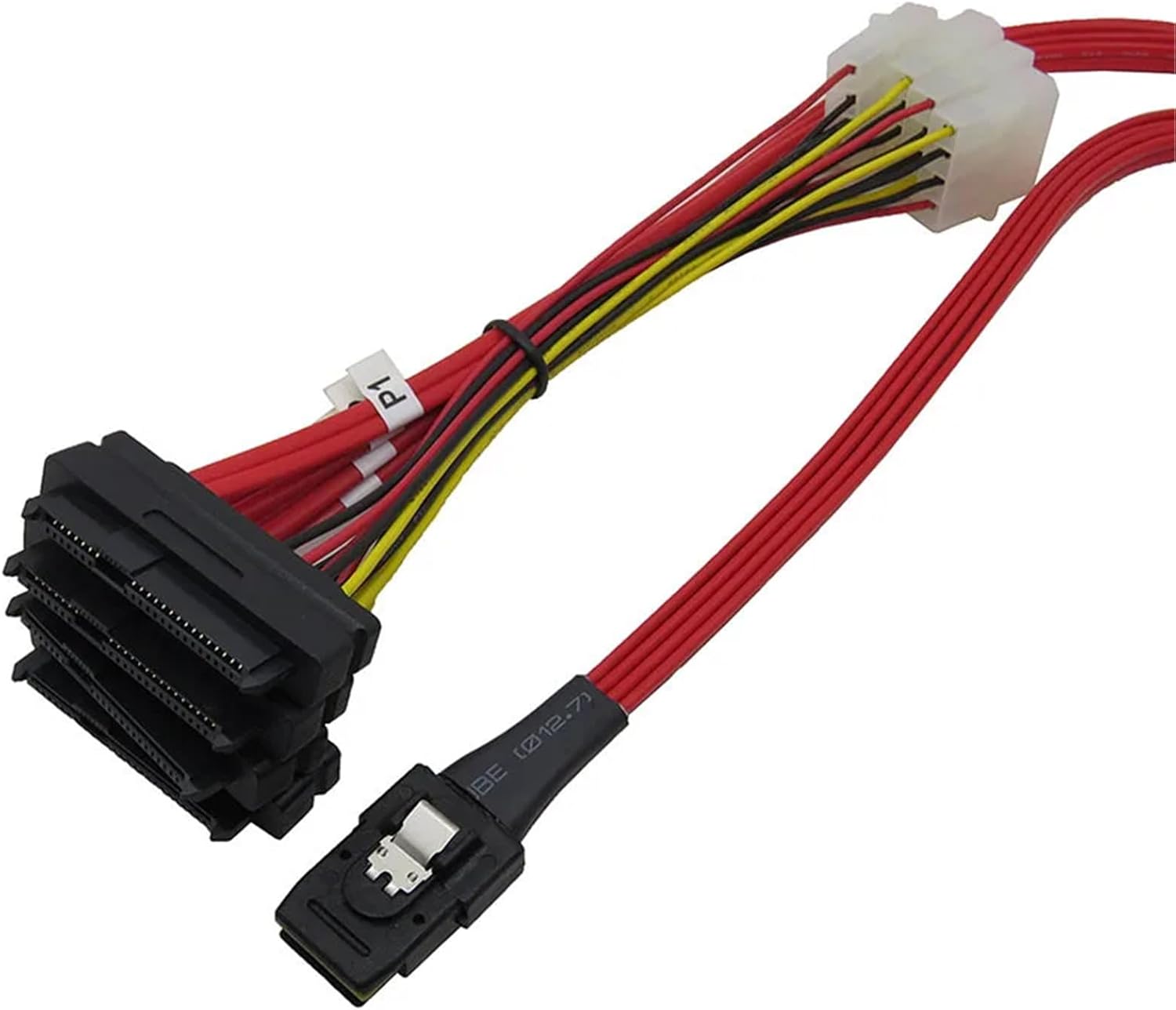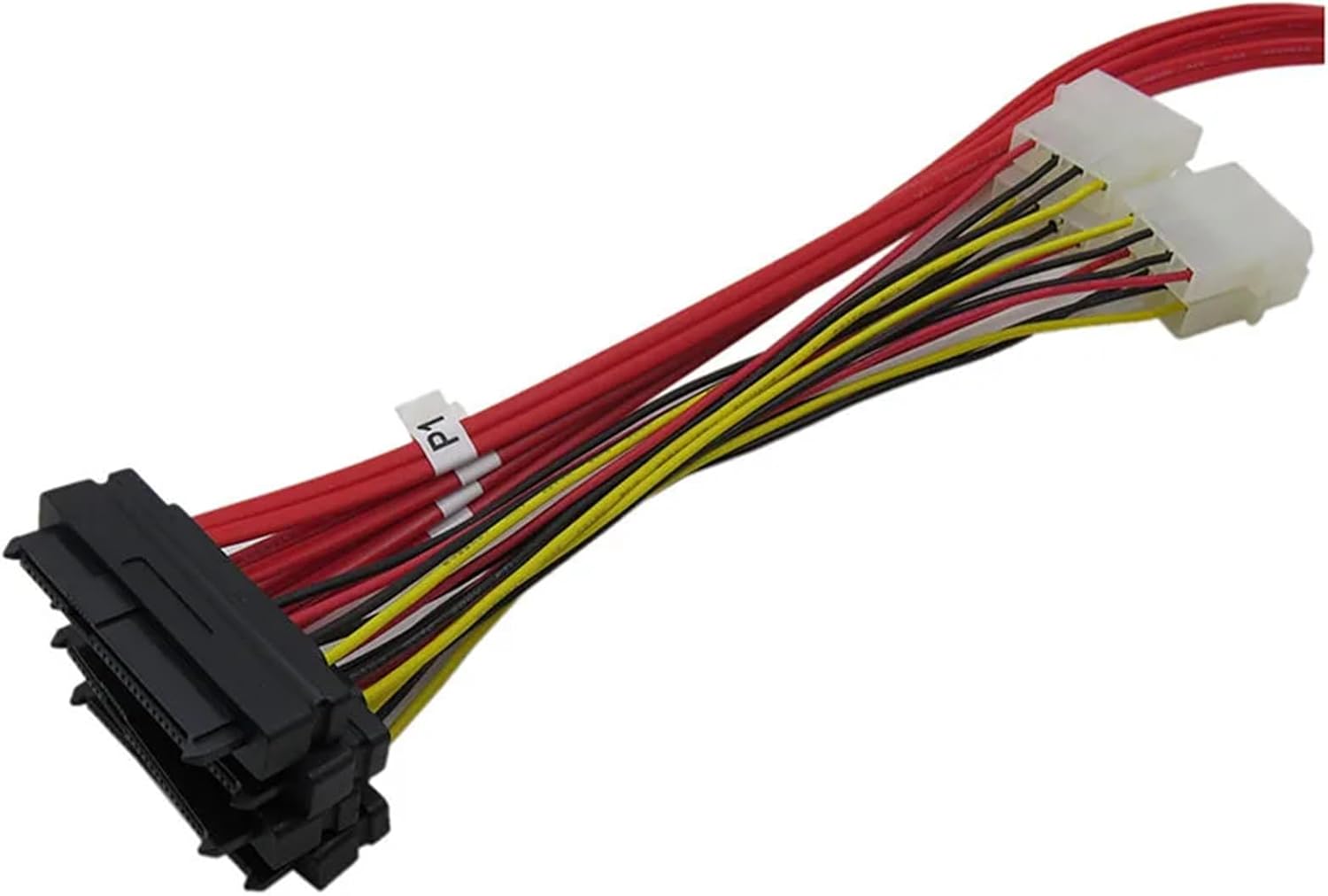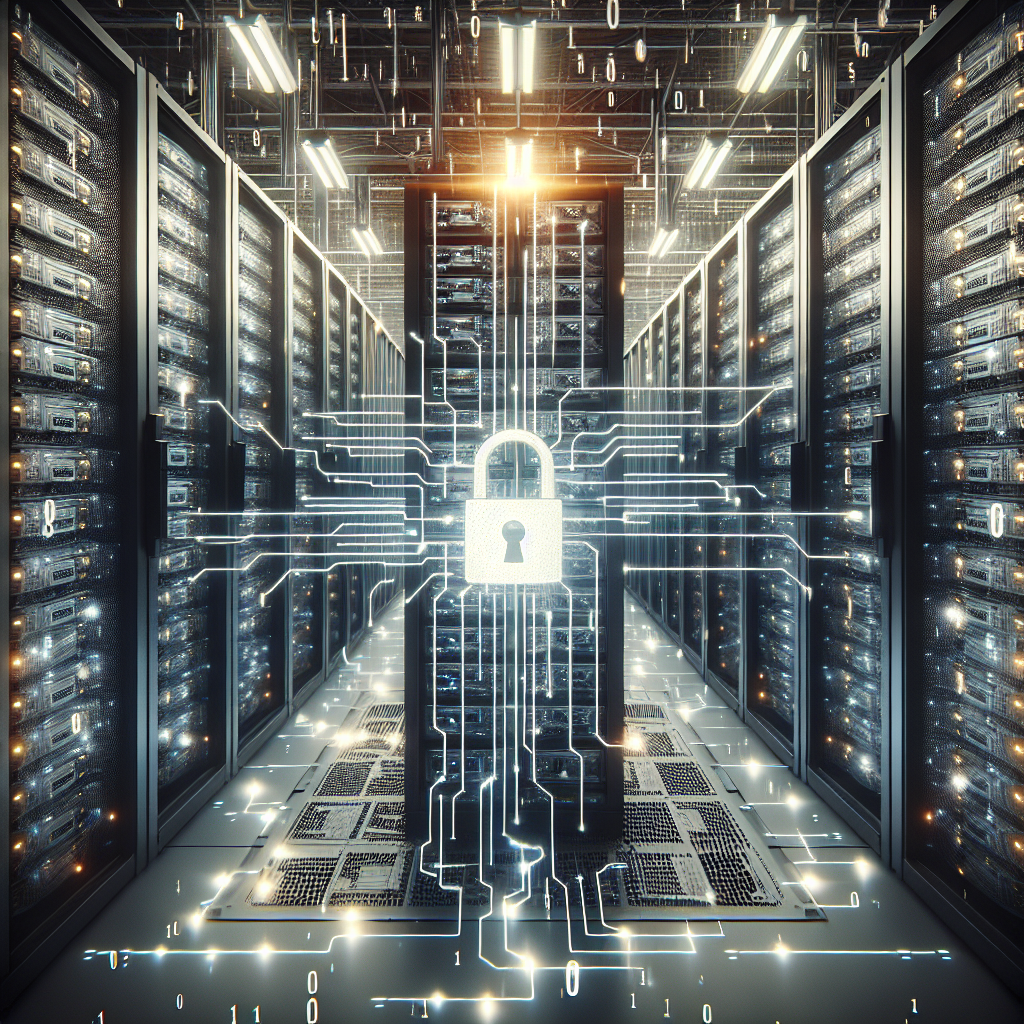In today’s digital age, data center reliability is crucial for businesses to ensure seamless operations and uninterrupted services for customers. Achieving 99.999% uptime, also known as “five nines” reliability, is the gold standard for data centers and requires careful planning, robust infrastructure, and best practices to achieve.
To achieve 99.999% uptime, data center operators must focus on several key areas to minimize the risk of downtime and ensure continuous availability of services. Here are some best practices for data center reliability:
1. Redundant power supply: One of the most critical factors in achieving high uptime is ensuring redundant power supplies. Data centers should have backup generators, uninterruptible power supply (UPS) systems, and redundant power distribution units (PDUs) to ensure continuous power supply in the event of a power outage.
2. Redundant cooling systems: Data centers generate a significant amount of heat, and cooling systems are essential to prevent equipment from overheating. Redundant cooling systems, such as air conditioning units and precision cooling systems, should be in place to maintain optimal temperature levels and prevent equipment failures.
3. Regular maintenance and monitoring: Regular maintenance and monitoring of data center equipment are essential to identify and address potential issues before they lead to downtime. Data center operators should conduct routine inspections, perform preventive maintenance, and monitor key performance indicators to ensure the smooth operation of the facility.
4. Disaster recovery and backup solutions: Data centers should have robust disaster recovery and backup solutions in place to protect against data loss and ensure business continuity in the event of a disaster. This includes regular data backups, offsite storage, and disaster recovery plans to quickly recover data and services in case of a catastrophic event.
5. Security measures: Data center security is paramount to protect against physical and cyber threats that can disrupt operations and compromise data integrity. Data centers should have robust security measures in place, such as access controls, surveillance systems, and cybersecurity protocols, to safeguard against unauthorized access and attacks.
6. Scalability and flexibility: Data centers should be designed with scalability and flexibility in mind to accommodate growth and changing business needs. This includes modular infrastructure, virtualization technologies, and cloud integration to easily scale resources and adapt to evolving demands.
By implementing these best practices for data center reliability, organizations can achieve 99.999% uptime and ensure continuous availability of services for their customers. Data center operators should prioritize reliability, resilience, and security to build a robust infrastructure that can withstand potential challenges and deliver consistent performance.










